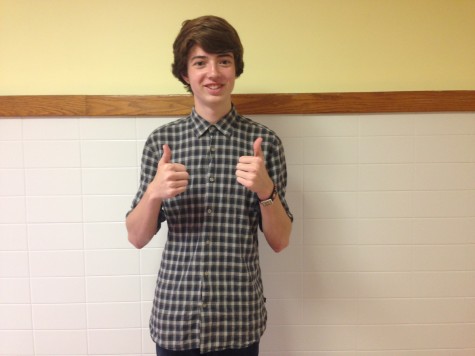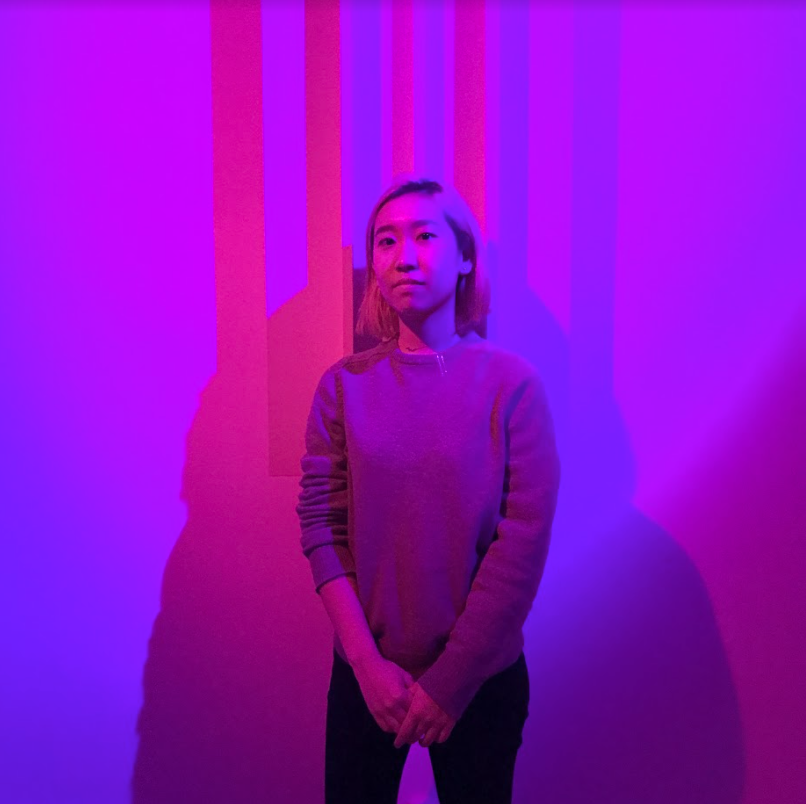Dream House: A Must-See NYC Art Exhibit
Former MDO writer Whitney Xu at Dream House
Intoxication (alcoholic or not) is a key aspect of the human experience. Certain things divert attention away from our own minds out of the necessity for forward progress – meetings, appointments, grocery shopping – while others are deliberately-designed distractions – most commercial entertainment, consumerism, social media. This bridge of beguilement is often enticing enough to make us lose sight of the river of individual identity, complex relationships, and overarching purpose that flows beneath. New York City, being an epicenter for stimulation of every variation, is a prominent perpetuator of such an epidemic. However, the east edge of Tribeca holds a scarcely-known and difficult-to-explain art exhibition that reverses the definition of intoxication – La Monte Young and Marian Zazeela’s Dream House.
The immersive and intricately-designed sound and light experience is clearly not preoccupied with public marketing, as it can only be accessed by ringing the buzzer next to an unmarked door. Upon entry, one can faintly hear the sine wave pulses that characterize the exhibit emanating from the top of two flights of stairs. Shoes removed, phones away, and talking ceased, entrance into the room is granted, and the eye-opening intoxication can begin.
The conscious brain, still tuned into surface perception of its surroundings, immediately picks up the intrinsic characteristics of Dream House. It is a white-carpeted room bathed in vibrant pinkish blue light, with a 15’’ speaker standing stoic in each of four corners emitting a spectrum of frequencies over a spectrum of rhythms that interact with each other differently at every point in space. Turning one’s head two degrees, or moving two inches to the right both yield entirely new auditory experiences. Before lying on one of the provided throw pillows and indulging in complete relaxation, one can look out of the tinted and contorted window overlooking the now unfamiliar city previously so well-understood.
It takes a while for the room to mean anything. Maybe this is why there are no limits on the amount of time able to be spent inside. (Some have been known to stay for over 10 hours). Gradually, however, the unrelenting yet soothing sensory input nudges out all remembrance of the outside world.
I would imagine that the realizations made inside Dream House differ vastly from person to person, so my individual experience exemplifies nothing more than the exhibition’s transformative and transportive potential.
Having just exited a world in which certain current events had left me disillusioned with humanity, I was instilled with a renewed confidence as a result of the fact that someone would take the time to create such unique art free of a self-serving motive. Amidst all the importance placed on conventionally-appealing experiences able to be easily described, it was refreshing to be immersed in something so simple: Sound and Light.
Over time, my eyes and ears forgot the sensation of any stimuli other than that provided by Dream House. With no sounds for comparison, the concept of volume lost all significance, and the unwavering pulsations felt almost tangible against my eardrums. Rather than complete sensory deprivation, the room provided enough substance to actively admire, while leaving space for personal meditation. Such meditation was guided towards positivity by the serene light, but kept rooted in reality by the emotionless sound’s lack conformity to orthodox pleasure. The result was a total connection to the most important parts of life, guided, but not forced, by Dream House.
When I began to dread returning to the familiar hustle of the outside world, I knew it was time to leave. But rather than feeling the bitterness of a dreamer abruptly awoken, I found myself able to process my surroundings with a newfound stability of mind, seeing the inner beauty of the city’s distractors. A resulting sense of admittedly egotistical self-satisfaction came over me as I admired my own ability to admire. In filling the brain to the brim with sound and light, La Monte Young and Marian Zazeela created intoxication to combat intoxication – just as a dream brings to life the unconscious mind.

